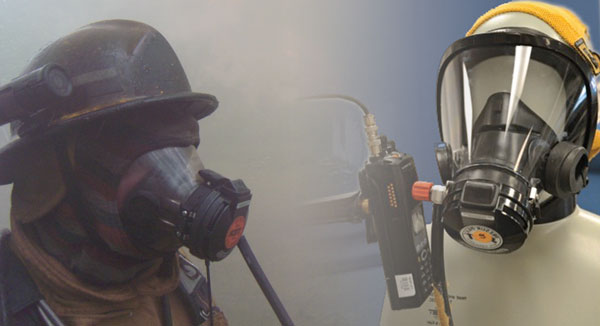New Research Details Ways to Improve Voice Quality of Emergency Communications
One of the most challenging aspects of public safety communications is maintaining audio quality in the harsh noise environments in which fire fighters, police officers and other first responders operate. The National Public Safety Telecommunications Council (NPSTC), a federation of public safety organizations, has identified audio quality as a critical requirement, noting that first responders have an immediate and sometimes life-and-death need to understand exactly what is being communicated during an emergency. Today, the Institute for Telecommunications Sciences (ITS), NTIA’s research laboratory in Boulder, Colo., has released a new report that describes an effort to identify which digital speech and audio technologies are best-suited for mission-critical voice communications over a fourth generation (4G) wireless network using cellular infrastructure.

ITS Engineer conducting research highlighted in new report
ITS has been researching for many years reliable ways to quantitatively evaluate the speech intelligibility of voice communication, both independently and as part of its Public Safety Communications Research (PSCR) partnership with the Department of Commerce’s National Institute of Standards and Technology. Long Term Evolution (LTE)—the wireless communications standard used by 4G smart phones—is the technology envisioned for use on the dedicated nationwide public safety broadband network to be deployed by the First Responder Network Authority (FirstNet), an independent authority within NTIA.
Digital audio encoding and decoding techniques, known as codecs, are designed to minimize the data transfer speeds required to accurately transmit speech. When significant levels of background noise are combined with speech—a typical scenario in public safety communications—codecs with greater noise resistance are needed, and these may require higher data rates to provide acceptable speech intelligibility.
The ITS study, sponsored by the Department of Homeland Security (DHS) Science and Technology Directorate, was designed to quantitatively evaluate the speech intelligibility associated with a set of codecs in various noisy environments. The work was conducted in two phases. In the first phase, 83 codecs were tested in 54 noise environments typically encountered by first responders. This analysis reduced the number of environments and codecs for phase 2 testing with the help of current and retired first responders.
In the second phase, 36 first responder representatives participated in interactive speech intelligibility tests. The tests identified multiple audio codecs for LTE that can deliver speech intelligibility that meets or exceeds minimum acceptable mission-critical requirements in the wide range of environments that fire fighters and other first responders encounter. These tests also confirmed that the speech quality of audio codecs clearly depends on the data rate available for transmission of voice signals. We hope that the detailed results described in this report can inform some of the design decisions required to deploy mission-critical voice applications for LTE and will eventually result in better communications for first responders.
